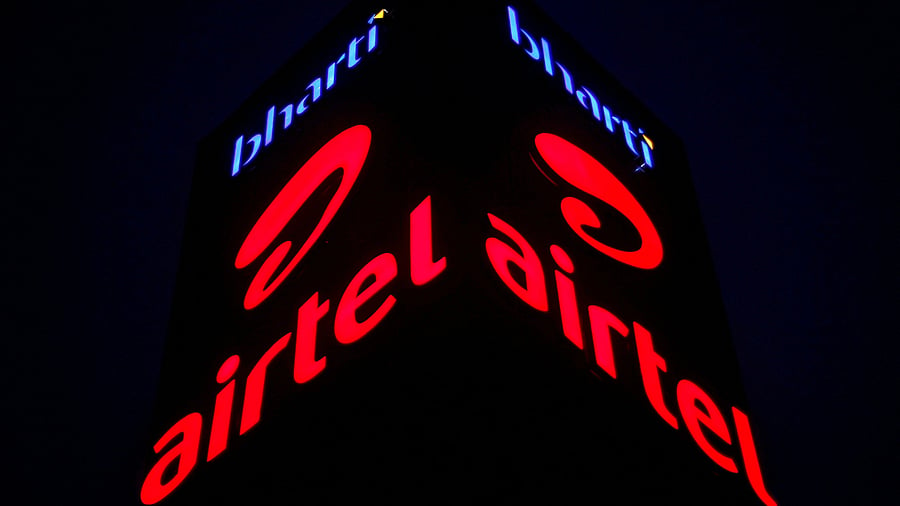
FILE PHOTO: A Bharti Airtel office building is pictured in Gurugram, previously known as Gurgaon, on the outskirts of New Delhi, India April 21, 2016.
Credit: REUTERS
The markets are expected to remain in consolidation mode amid the imposition of US tariffs on Indian imports, a mixed Q1FY26 earnings season so far, and intensifying FII outflows. While macro stability and robust domestic flows continue to provide support, any further market up-move will rely on corporate earnings growth.
Key Q1 results this week—including Bharti Airtel, Adani Ports, SBI, Britannia, Marico, DLF, Bajaj Auto, Tata Motors, Trent, Titan, Divis Labs, LIC, and BSE amongst others will be critical in shaping market direction. On the macro front, important data to watch include the RBI and Bank of England’s interest rate decisions, along with the services PMI for both the US and India.
On the global trade front, the United States has imposed a 25% tariff on all goods imported from India, effective August 7, 2025. Additionally, it has announced an unspecified penalty linked to India’s trade relations with Russia. These developments pose short-term headwinds for export-oriented sectors such as IT, pharma, automobiles, and textiles, until a trade agreement is reached with the US. Other global developments include the US Federal Reserve’s decision to keep interest rates unchanged at 4.25-4.5%. Bank of Japan also maintained status-quo on the interest rates, in line with expectations.
Last week, Nifty50 ended with a loss of 1.1% at 24,565, its fifth consecutive week of decline. Market sentiments were weighed down by earnings volatility and persistent FII outflows. Broader markets significantly underperformed with Nifty Midcap100 and Smallcap100 declining by 2.4% and 3.4%respectively during the week.
Among sectors, FMCG was the sole gainer, rising 3% as investors favoured defensive play amidst market volatility. Additionally, better than expected results from key FMCG players like HUL supported the up-move in the sector. Meanwhile, Nifty Realty was the top loser, declining by 5.7% amidst subdued results from real estate companies. Metals, PSU banks and pharma indices also witnessed significant selling pressure, each declining by around 3%.
There was significant action in the primary markets last week, with five mainboard IPOs including the Rs4000cr NSDL IPO opening for subscription. The combined capital raising across these IPOs exceeded Rs 7,000 crore, indicating strong primary market momentum despite broader market volatility.
Capital spending by Central government remained robust, posting 43.7% YoY growth in June as against 38.7% in May. Overall, India’s fiscal deficit nearly doubled in the first quarter of FY26, compared to the same period of the previous year, driven by a sharp rise in capital expenditure, signalling the government’s continued push to support economic growth through public investment.
Another sector witnessing robust growth is electronics manufacturing services (EMS), with companies like Kaynes, Amber, Dixon, and Syrma reporting strong revenue and profit growth in Q1FY26. The momentum is being driven by: a) a strategic shift toward high-margin segments such as industrial electronics, automotive components, and clean energy, leading to improved profitability; and b) enhanced operational efficiencies and cost rationalization, resulting in margin expansion. Overall, the EMS sector remains well-positioned for sustained growth, supported by favourable market dynamics and a continued focus on value-accretive segments.
(The writer is Head of Research, Wealth Management, Motilal Oswal Financial Services Ltd)